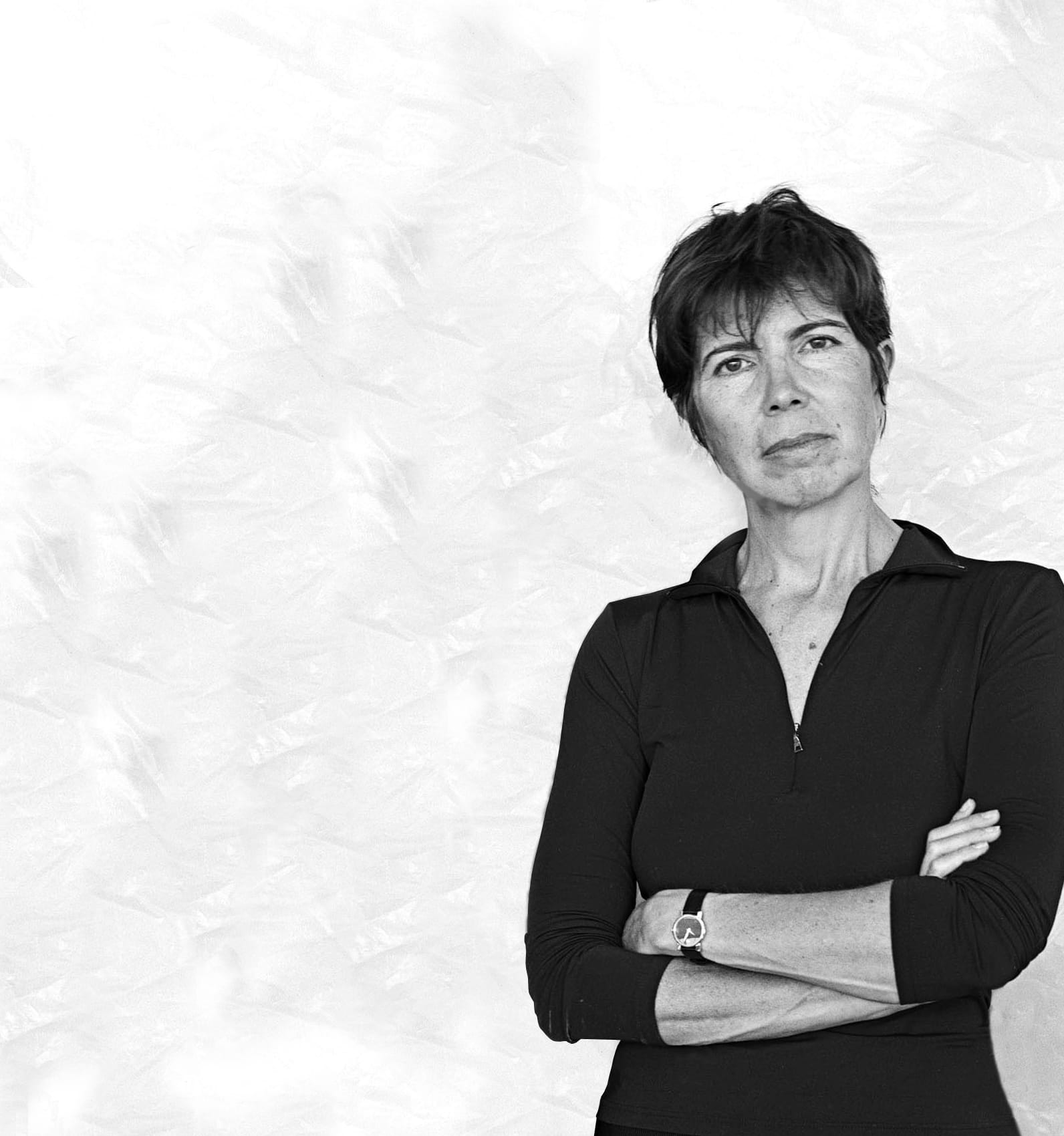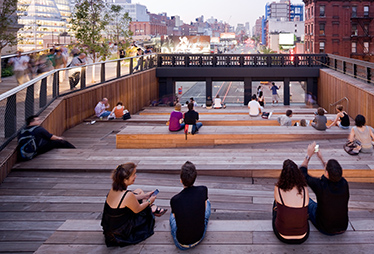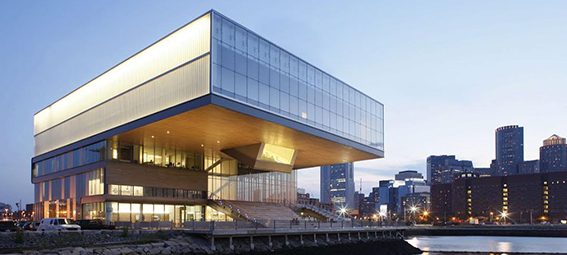Elizabeth Diller
Founding partner, Diller Scofidio + Renfro
Elizabeth Diller and her studio work at the intersection of architecture, the visual arts, and the performing arts. Hear her thoughts on cultural innovation and how her work challenges conventions of public space at our Day 1 keynote, Anticipate Need: Design That Cares.

Elizabeth Diller, Professor of Architecture at Princeton University, is a critical voice in the discipline of architecture. Founded in 1979 in New York, her studio established its identity with independent, self-generated art and architecture installations on borrowed urban sites. They reached international prominence with large-scale architectural projects such as Blur Building at the Swiss Expo 2002; the Institute of Contemporary Art, Boston; The Broad, Los Angeles; and Lincoln Center for the Performing Arts Redevelopment and the High Line, both in New York. The studio is currently working on projects in New York, London, Moscow, and Rio de Janeiro.
With a reputation for the rebellious repurposing of materials and spaces, DS+R challenges the conventions of institutions and reimagines the function and future of civic and cultural public space. Among the studio’s numerous awards are the Centennial Medal from the American Academy in Rome, the National Design Award from the Smithsonian Institution, the Brunner Prize from the American Academy of the Arts and Letters, and the American Institute of Architects’ President’s Award and Medal of Honor. Diller is a Fellow of the American Academy of Arts and Sciences and an International Fellow of the Royal Institute of British Architects. In 2003, the Whitney Museum of American Art held a major retrospective of the studio’s work.
Elizabeth Diller and Ricardo Scofidio were the first recipients in the field of architecture to receive the MacArthur Foundation’s “genius” grant, which stated, “Diller + Scofidio have created an alternative form of architectural practice that unites design, performance, and electronic media with cultural and architectural theory and criticism. Their work explores how space functions in our culture and illustrates that architecture, when understood as the physical manifestation of social relationships, is everywhere, not just in buildings.”


Elevating architecture
Elizabeth’s studio led the design of the High Line in New York City, a 1.5 mile long public park built on an abandoned elevated railroad. The design blends agriculture and architecture to create a pathless landscape where the public can meander in unscripted ways. The High Line presents a paradigm shift in the perception of civic space and its potential to catalyze change.
“I think the High Line hit a nerve about sustainability. We have become very conscious of the planet’s limited resources and the potential to give obsolete urban infrastructure a new life. The High Line speaks to the global phenomenon of privatization and the need to preserve space, even if it’s the disposable remnants of a forgotten past.”
Keynote details
Elizabeth shares the keynote stage with Alejandro Aravena, Francis Kéré, Hon. FAIA, and Michael Murphy on Day 1 of the AIA Conference on Architecture. Don’t miss their powerful, short-form talks happening Thursday, April 27.
See Elizabeth:
Thursday, 8:30am, Hall C
Anticipate Need: Design That Cares
